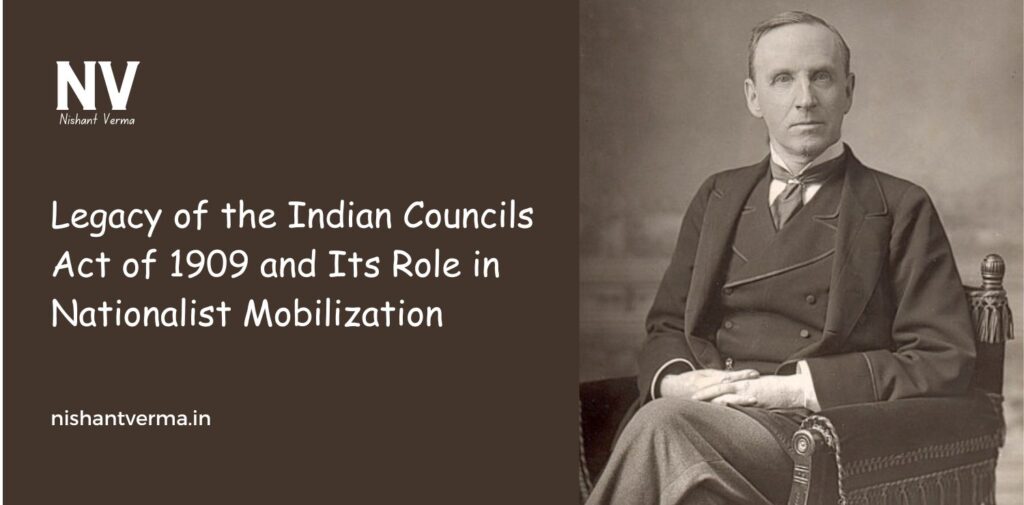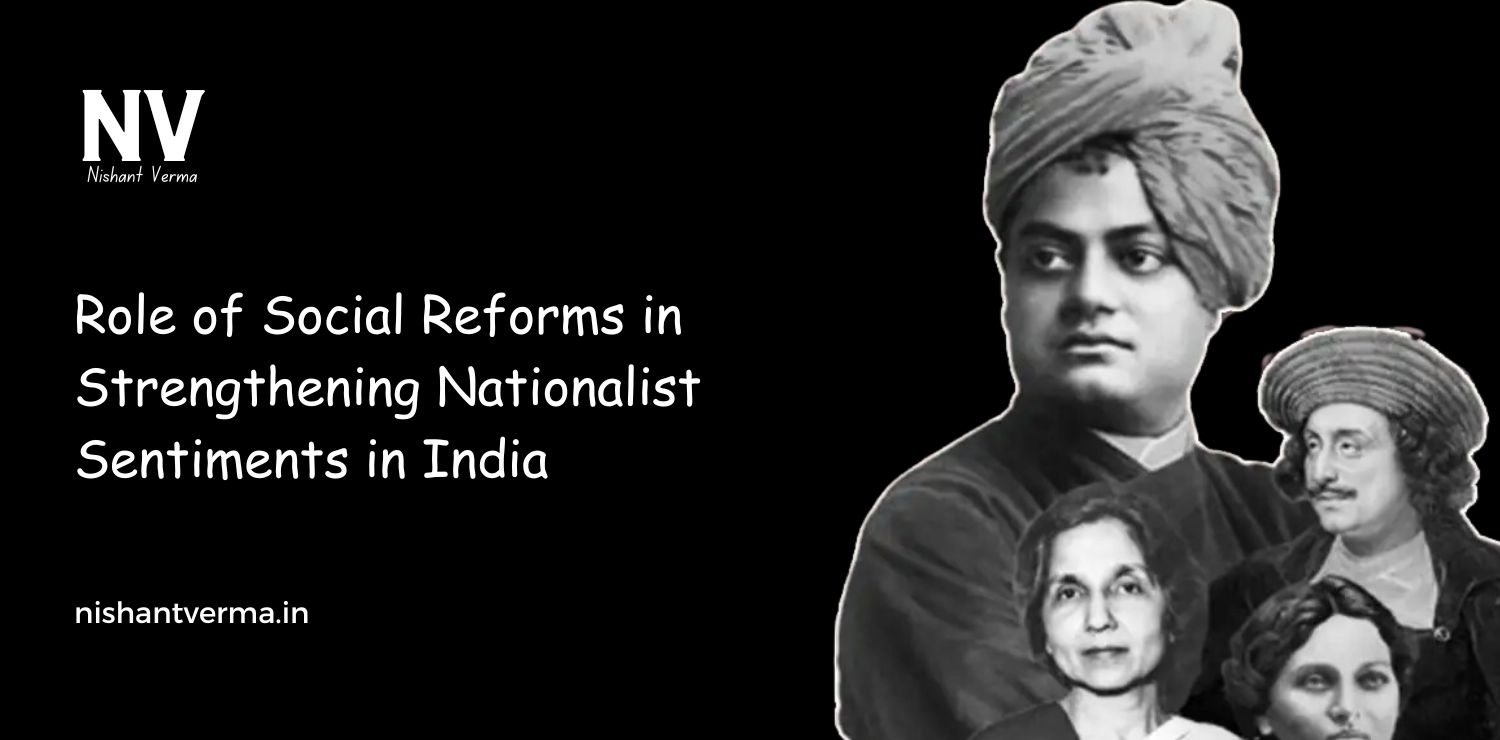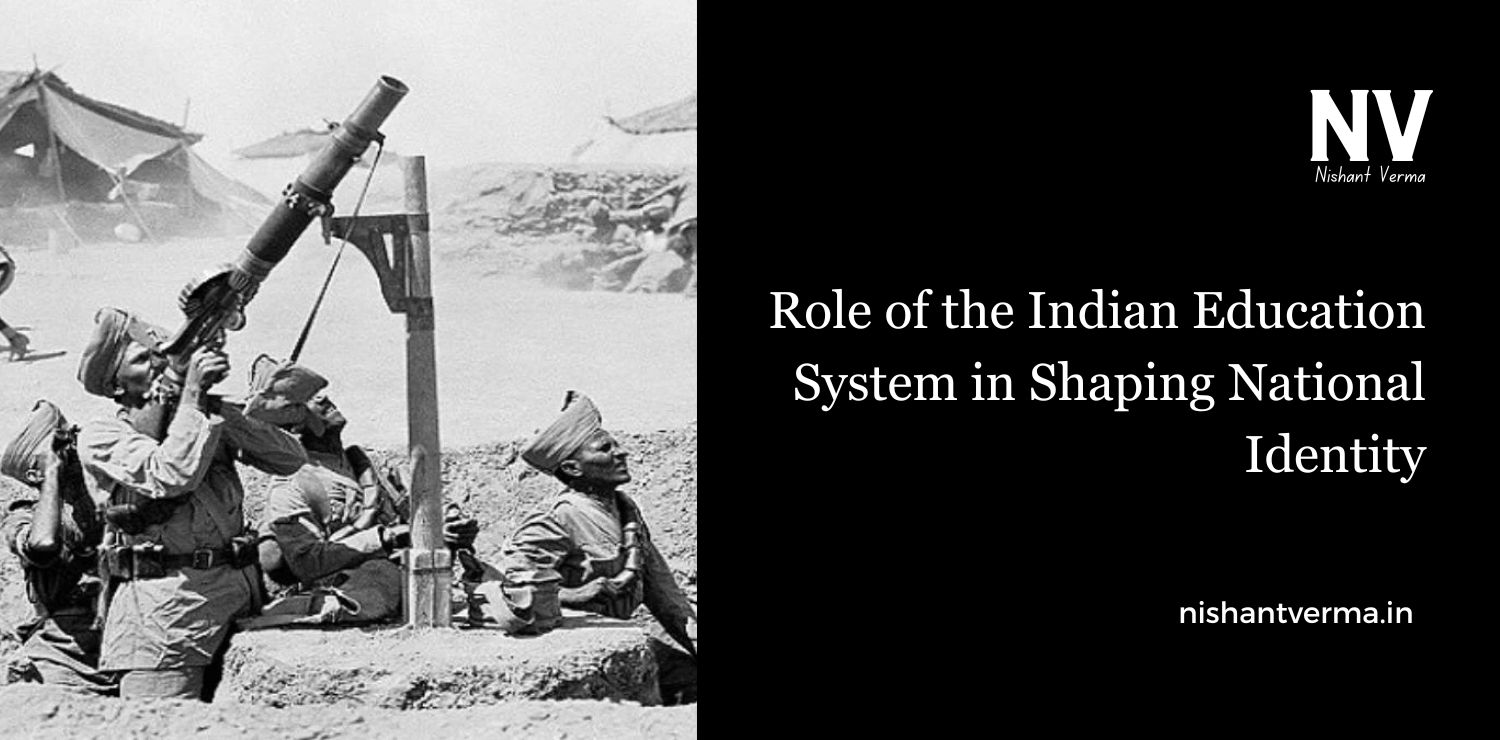The Indian Councils Act of 1909, also known as the Morley-Minto Reforms, is an important event in the history of India’s struggle for independence. It may seem like a small change in the eyes of the British government, but in reality, it had a big impact on India’s path to freedom. The Act played a key role in the way Indian leaders thought about their rights, how they organized, and how they began to demand more power. Let’s take a closer look at what the Indian Councils Act of 1909 was all about and how it helped in the nationalist movement.
What Was the Indian Councils Act of 1909?
The Indian Councils Act of 1909 was introduced by the British government to make some changes in the way India was governed. Before this Act, the British controlled India almost completely, with very few Indians having any say in how the country was run. The Act allowed for a small increase in Indian participation in the government. It made some important changes, including:
- Expanding the Legislative Council (a body of people that helped make laws) by allowing more Indians to be part of it.
- Giving Indian members a chance to speak and vote on certain issues.
- Introducing the system of separate electorates for Muslims, meant that Muslims would elect their representatives, separate from other communities.
The British introduced this Act in response to growing demands from Indian leaders who wanted more power and representation in the government. Although it gave a little more voice to Indians, the reforms were still controlled by the British and were far from what the Indian leaders wanted.
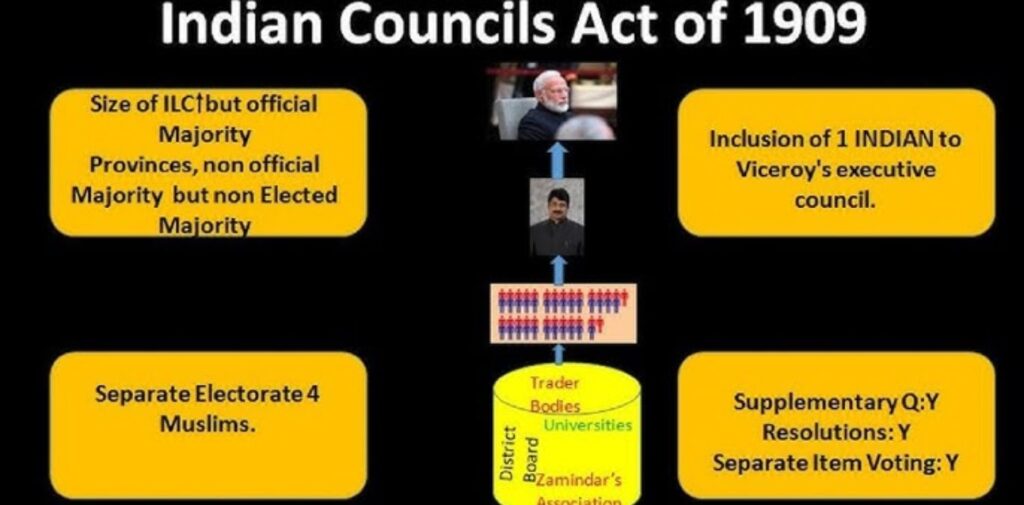
How Did It Affect Indian Politics?
Although the Indian Councils Act of 1909 did not give full political power to Indians, it had a major impact on Indian politics. Let’s see how:
Increased Political Awareness
Before the Act, most Indians didn’t have much involvement in the political system. They were ruled by the British, and their opinions weren’t considered. The Indian Councils Act of 1909 changed this by allowing more Indians to become part of the government. It encouraged Indian leaders and common people to become more aware of politics, and they started thinking about how they could fight for more rights.
As more Indians became involved in politics, they also began to demand greater participation and self-rule. The Indian Councils Act gave the Indian leaders a platform to voice their demands, which would later lead to stronger movements for independence.
The Role of Political Parties Increased
The Indian Councils Act led to the rise of political parties and organizations that worked for Indian rights. One of the main organizations was the Indian National Congress (INC), which had already been demanding more political rights for Indians. After the Act, the INC became more active in pushing for reforms. They saw that the British were trying to give Indians a little power, but they realized it was not enough. The INC began to demand more, eventually leading to the demand for full independence.
Another important political group that emerged after the Act was the All-India Muslim League. This group, formed in 1906, had been asking for better rights for Muslims. After the Indian Councils Act, the Muslim League saw the separate electorates system as a victory, but it also realized that its members needed to be more involved in politics to protect their interests. Over time, the Muslim League also played a major role in India’s struggle for independence.
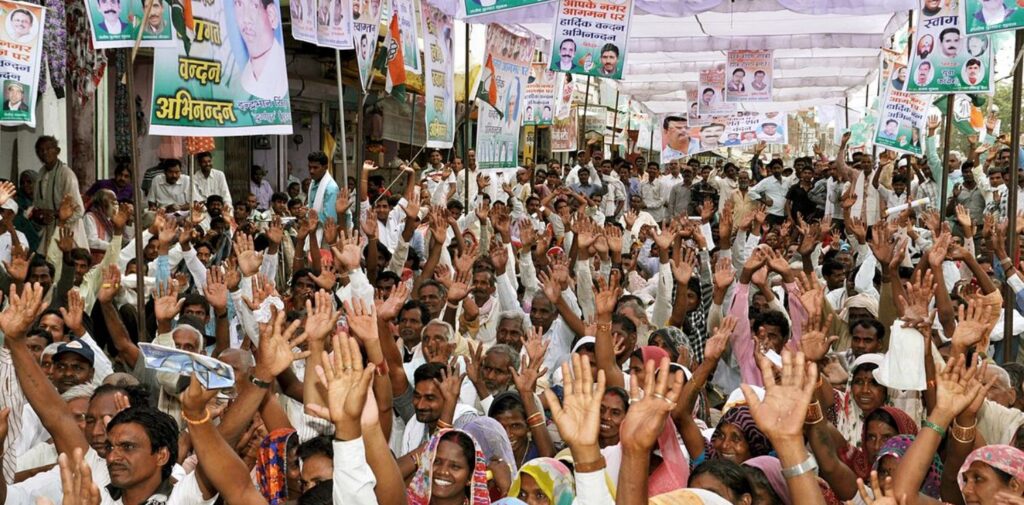
Increased Demands for Self-Rule
The Indian Councils Act of 1909 allowed for a little more participation by Indians in governance, but it did not satisfy the growing demand for self-rule. The British still controlled most of the decisions, and the Indian representatives did not have real power. As a result, the Act made many Indian leaders realize that they needed to push harder for independence.
Leaders like Dadabhai Naoroji, Bal Gangadhar Tilak, and Lala Lajpat Rai began demanding full self-rule for India. They used the Indian Councils Act to show that the limited reforms were not enough, and India needed complete freedom from British control.
Muslims and the Separate Electorates
One of the key features of the Indian Councils Act of 1909 was the introduction of separate electorates for Muslims. This meant that Muslims would elect their own representatives, separately from Hindus. While this gave Muslims some political power, it also led to divisions between different communities in India. Some Indian leaders, especially from the INC, felt that this would divide the country and make it harder to unite against British rule.
The separate electorate system made some Muslim leaders, like Muhammad Ali Jinnah, think more about the rights and interests of Muslims in India. Over time, this would lead to the demand for a separate Muslim state, which eventually resulted in the creation of Pakistan in 1947. While the separate electorates gave Muslims a greater voice, it also made them more aware of the need to protect their community’s interests.
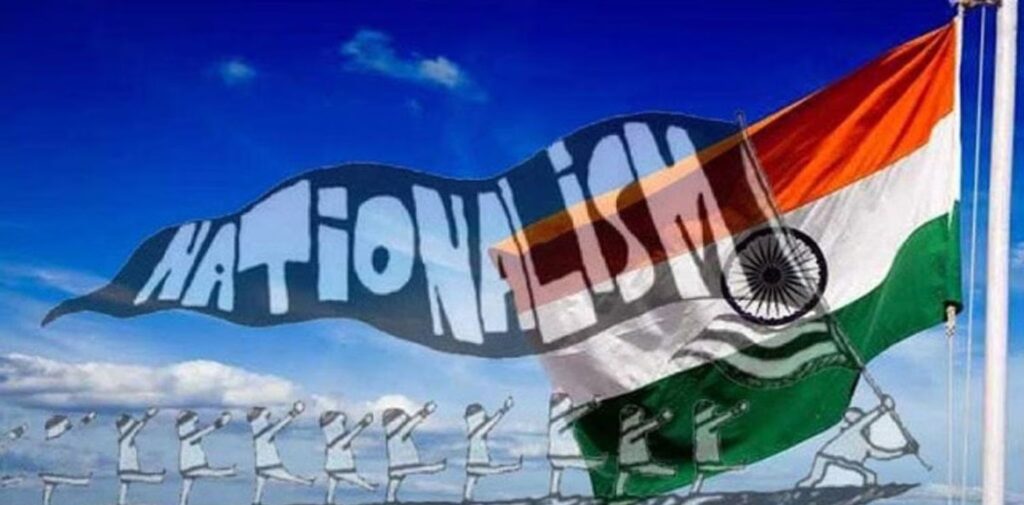
How the Act Led to Nationalist Mobilization
The Indian Councils Act of 1909 created a new political atmosphere in India. It led to the mobilization of nationalist sentiments in several ways:
- Encouraging More People to Join the Struggle: The Indian Councils Act opened the door for more people to participate in politics. Although the Act did not give full political rights to Indians, it helped many realize that they needed to fight for more. As more Indians became involved in politics, the desire for self-rule grew stronger. People from all walks of life began to see the importance of joining the nationalist movement.
- Unity Across Communities: Before the Act, there were many divisions in Indian society based on caste, religion, and region. The Act made people realize that they needed to work together to gain more rights and power. Even though the separate electorates for Muslims created some divisions, the larger nationalist movement saw the need for unity among all communities in India to fight British rule. This helped the Indian National Congress bring together people from different backgrounds for the cause of independence.
- The Rise of Mass Movements: The Indian Councils Act led to a rise in mass movements, where people from all over the country came together to demand freedom from British rule. Leaders like Gandhi, who later became the face of the freedom movement, used the momentum created by the Act to lead non-violent protests, such as the Non-Cooperation Movement and the Civil Disobedience Movement. These movements gathered large numbers of people, including women and young students, who were all united in the struggle for independence.
- The Role of Leaders in Shaping Nationalism: The Indian Councils Act gave Indian leaders a platform to express their opinions, but they quickly realized that more was needed to achieve independence. Leaders like Bal Gangadhar Tilak, Bipin Chandra Pal, and Lala Lajpat Rai were inspired to demand full freedom. They spread ideas about self-rule and worked hard to unite the masses in the fight against British rule.
Conclusion
The Indian Councils Act of 1909 may have seemed like a small change, but it played an important role in shaping the Indian independence movement. It helped spread political awareness, increased demands for self-rule and led to the rise of political parties. The Act also highlighted the need for unity across different communities in India to fight for independence.
Although the Act did not grant full independence, it laid the foundation for the larger nationalist mobilization that would eventually lead to India’s freedom. The legacy of the Indian Councils Act of 1909 is clear: it helped ignite the flame of nationalism that would burn brighter in the years to come, leading to India’s eventual independence in 1947.

